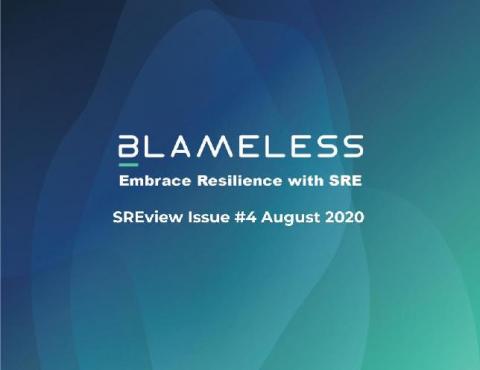Operations | Monitoring | ITSM | DevOps | Cloud
Latest News
Site reliability engineering-what is SRE?
As companies today are racing to build site reliability engineering(SRE) practices within their engineering teams, site reliability engineering has become one of the hottest and highest paying jobs in tech. Site reliability engineering was a term coined by Google engineer Benjamin Treynor in 2003 when he was tasked with making sure that Google services were reliable, secure and functional.
DevOps/SRE Model: Bursting the Developer's Bubble. Here's the CTO Perspective.
Many organizations are transitioning toward a DevOps operational model, where software developers are responsible for operating the applications they develop, instead of a centralized IT operations group. In this “CTO Perspective” interview we talk to BigPanda’s CTO Elik Eizenberg about the challenges in that transition, and what it takes to make it easier. Lean back and watch the interview, or if you prefer reading, take a few minutes to read the transcript.
This is your Guide for Implementing SRE in NOCs
SREview Issue #5 September 2020
SRE Leaders Panel: Testing in Production
SRE + Honeycomb: Observability for Service Reliability
As a Customer Advocate, I talk to a lot of prospective Honeycomb users who want to understand how observability fits into their existing Site Reliability Engineering (SRE) practice. While I have enough of a familiarity with the discipline to get myself into trouble, I wanted to learn more about what SREs do in their day-to-day work so that I’d be better able to help them determine if Honeycomb is a good fit for their needs.











